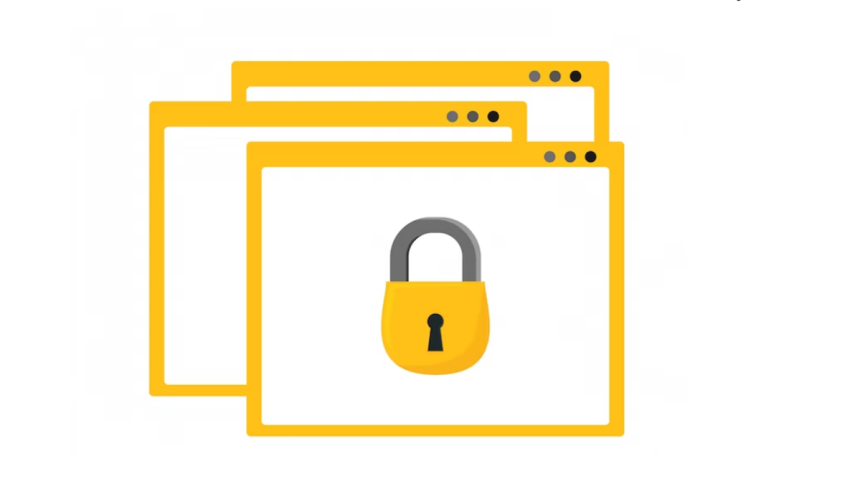Getting a secure and reliable SSL certificate for your server is essential to keeping your data safe from cyber-attacks. Technically this process can be confusing, but don’t worry – we have put together this guide to walk you through each step and ensure that your server is adequately protected with a Wildcard SSL Certificate. Follow along, and you will have installed and set up a secure Wildcard SSL Certificate on your server. Let’s get started!
What is a Wildcard Certificate?
A Wildcard Certificate is an SSL Certificate that secures multiple subdomains of a single domain name; It is ideal for businesses that host multiple websites from a single domain, as it eliminates the need to purchase and install individual certificates for each website. The Wildcard Certificate contains a special character, the asterisk (*), which acts as a placeholder for multiple subdomains. For example, if you purchased a Wildcard Certificate for *.example.com, it would cover www.example.com, mail.example.com, and any other subdomain of example.com that you create in the future without needing to purchase additional certificates.
By securing all these subdomains with just one certificate, enterprises and organizations can save time and money while ensuring safe connections between their websites and visitors’ browsers or devices.
When to Use a Wildcard Certificate?
Generally, Wildcard SSL Certificate is recommended when you have one primary domain and multiple subdomains that requires HTTPS encryption. For example, if your business has `www.example.com` and `blog.example.com`, you could use a wildcard SSL certificate rather than purchasing multiple certificates. The same goes for other subdomains like `dev.example.com` and `test.example.com`. Wildcard SSL certificates will also cover any future subdomains you create, saving you time and money in the long run.
Benefits of Wildcard Certificate
Mentioned below are the significant benefits of a Wildcard Certificate:
Cost-effective
Wildcard Certificates are cost-effective as they cover an entire domain & all its subdomains under one SSL, eliminating the need to buy separate certificates for each subdomain and making it more economical.
Timesaving
Instead of purchasing and managing multiple certificates, a Wildcard Certificate requires only one certificate for the entire domain and all its subdomains. It saves time and energy since you don’t have to renew each certificate constantly.
Secure Management
It covers all your current and future subdomains, making managing security on all levels easier. It ensures that any new subdomain added is automatically covered by the existing Wildcard Certificate, guaranteeing continuity in security across domains.
Convenient
It is convenient to manage one certificate rather than multiple ones, which can be a time-consuming and tedious process, and with a single Wildcard Certificate, you save time by ordering just one renewal cycle instead of many.
Versatility
Wildcard Certificates are compatible with most web servers, browsers, and other devices, which makes them a versatile choice; this ensures you will get the highest layer of security for all subdomains.
Steps to Obtain and Install Wildcard Certificate on the Server
Once you’ve decided to use a wildcard certificate, obtaining, and installing it on your server is relatively straightforward.
Step 1: First, you’ll need to purchase a wildcard certificate from a trusted Certificate Authority (CA) like Comodo, Sectigo, or Certera; when purchasing the certificate, you must specify the domain name and its extension. The CA will then issue a valid digital certificate for all subdomains within that given domain.
Step 2: After acquiring a wildcard SSL, it will be in an encrypted format that requires decryption before installation. This procedure can be done through the Certificate Authority’s website or by downloading it from your order dashboard.
Step 3: Before installing the certificate on your server, you’ll need to generate a Certificate Signing Request (CSR), which contains information about the domain/organization requesting the certificate & details of the server where you will install the certificate.
Step 4: Once you generate the CSR, you must submit it to the CA, who will issue a signed certificate that you need to upload and install on your server. Depending on your server type, you may have to perform additional steps to install the wildcard certificate.
After successfully installing your wildcard SSL on your server, you can securely connect to all its subdomains.
Top Wildcard SSL Certificate Brands
Comodo:
Comodo’s Wildcard SSL Certificate is an excellent choice for organizations that need secure encryption and authentication for multiple domains or subdomains. This certificate is easy to install, configure and manage, with the bonus of Comodo’s world-class customer service team to help you with any issues.
Sectigo:
Sectigo is of the most widely used Certificate Authorities in the world and provides a wide range of digital security solutions, including SSL certificates, code signing certificates, &other online security products. Sectigo offers Wildcard SSL Certificates with Domain Validation and Organization Validation, strong 256-bit encryption, and an unlimited server licensing policy.
Certera:
Certera is also an affordable yet efficient Certificate Authority offering SSL Certificates and Web security solutions. Certera Wildcard SSL certificate comes with domain validation, unlimited server license, anytime reissuance, and offers 256-bit strong encryption, it can be issued in minutes, and installation takes up to an hour.
The Bottom Line
Installing a Wildcard SSL Certificate on your server is an essential step regarding sub-domain security; with the suitable certificate and the correct installation steps, you can protect your website and any subdomains with a single certificate. CerteraSSL is one of the best providers of Wildcard SSL Certificates, offering easy-to-use tools and helpful customer services.
Lynn Martelli is an editor at Readability. She received her MFA in Creative Writing from Antioch University and has worked as an editor for over 10 years. Lynn has edited a wide variety of books, including fiction, non-fiction, memoirs, and more. In her free time, Lynn enjoys reading, writing, and spending time with her family and friends.















